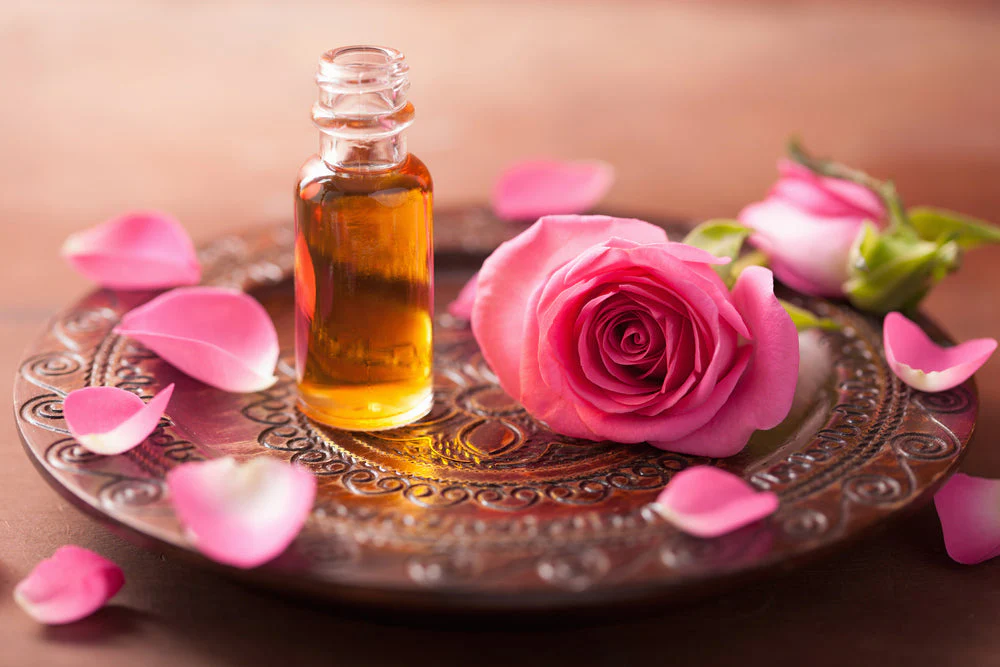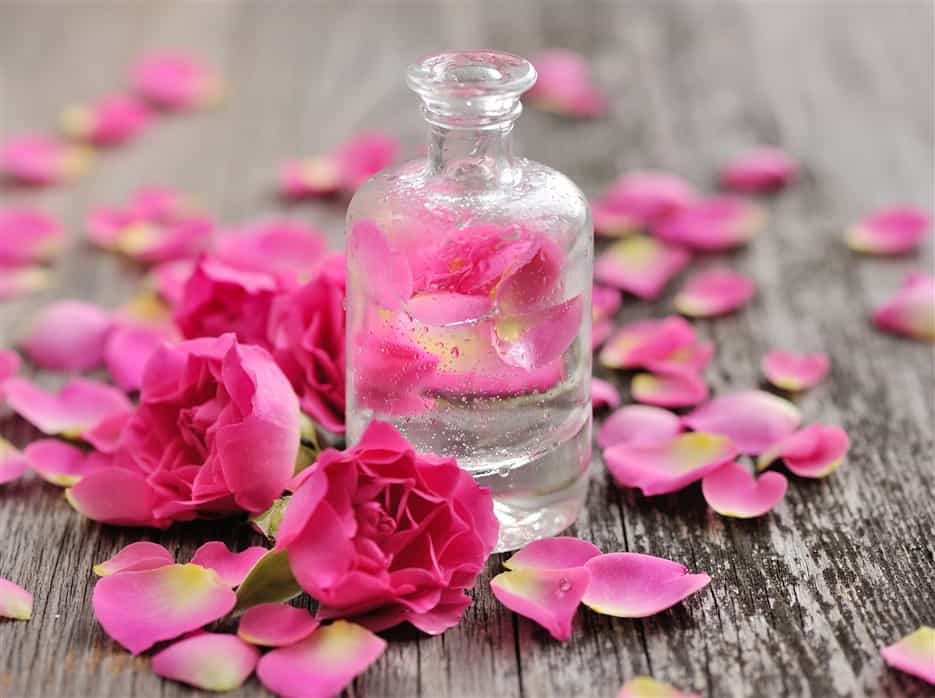Rose water is a fragrant, flavorful, and versatile liquid distilled from rose petals, primarily the Damask rose (Rosa damascena). With centuries-old usage in cosmetics, cuisine, medicine, and religious rituals, rose water is one of the oldest natural products known to humanity. Its delicate floral essence and numerous benefits have cemented its place in both traditional and modern formulations. As global demand for natural skincare and gourmet ingredients rises, the spotlight is increasingly turning toward the major producers of this aromatic distillate. This article explores in depth which country is the largest rose water producer in the world, the reasons behind its leadership, and the historical, agricultural, and economic factors that contribute to this dominance.
Global Overview of Rose Water Production

Rose water is produced in several countries with suitable climates for cultivating rose varieties like Rosa damascena. The key players in the global rose water industry include:
- Iran
- Bulgaria
- India
- Turkey
- Morocco
Each of these countries contributes significantly to global rose and rose water production. However, one stands out both in quantity and reputation: Iran.
Iran: The World’s Largest Rose Water Producer

1. Historical Significance
Iran, particularly the city of Kashan in the Isfahan province, is widely recognized as the birthplace of rose water distillation. Rose cultivation in Iran dates back over 2,500 years, and rose water has been integral to Persian culture and medicine. The traditional process of distillation, known locally as “Golabgiri,” is still practiced and celebrated with annual festivals during the harvest season.
2. Volume of Production
Iran produces over 70% of the world’s rose water, making it the undisputed global leader. According to Iran’s Ministry of Agriculture, over 15,000 tons of rose water are produced annually, much of it exported to international markets, including the UAE, Europe, and East Asia. The high volume and competitive pricing have made Iranian rose water a staple across many industries.
3. Major Rose-Growing Regions
Iran’s rose cultivation is concentrated in high-altitude, arid regions with ideal conditions for Damask rose farming. The key regions include:
- Kashan (Isfahan Province) – known for its traditional distillation methods
- Lalehzar (Kerman Province)
- Naein, Shiraz, and parts of Fars Province
These areas have rich calcareous soil and a temperate climate that support high-quality bloom production.
4. Traditional and Industrial Production
Iran employs a unique blend of traditional and modern distillation techniques:
- Traditional distillation: Conducted in copper pots, these methods are labor-intensive but yield rich, fragrant water. This type is often used in cultural and ceremonial settings.
- Industrial-scale production: Involves stainless steel stills and high-volume bottling, mostly for export in cosmetics and food industries.
Why Iran Leads in Rose Water Production

1. Ideal Climate and Geography
The Damask rose thrives in Iran’s semi-arid, mountainous climate. With elevations ranging from 1,000 to 2,500 meters, cool nights and sunny days lead to high oil content in the petals—ideal for potent rose water.
2. Cultural and Religious Demand
Rose water plays an essential role in Iranian religious practices. It is widely used to purify mosques, shrines, and the Kaaba in Mecca. Its religious and cultural value ensures sustained domestic consumption alongside exports.
3. Government and Local Support
The Iranian government promotes rose cultivation through subsidies, training, and support for cooperative distillation centers. Regional festivals and educational programs help preserve traditional methods while improving productivity.
4. Export and Global Demand
Iran exports rose water to over 30 countries. Major importers include:
- United Arab Emirates
- India
- Germany
- China
- Japan
With the global rise in demand for natural ingredients in cosmetics, skincare, and herbal remedies, Iranian rose water has found new markets and expanded its reach.
Close Competitors in Rose Water Production

While Iran leads the world, other countries have also developed strong rose water industries:
1. Bulgaria
- Known for its high-grade essential oils, particularly from the Rose Valley in Kazanlak.
- Produces small quantities of rose water, often as a by-product of rose oil extraction.
- Focuses more on the perfumery and luxury segment.
2. India
- Rose cultivation centers like Kannauj and Ghazipur produce large quantities of rose water, mainly for domestic consumption in cuisine and Ayurveda.
- Indian rose water is a common household product but typically not exported on a scale comparable to Iran.
3. Turkey
- The Isparta region is famous for its Damask rose farms.
- Turkey’s production is geared toward both rose oil and water, with a strong presence in European and Middle Eastern markets.
4. Morocco
- The Dades Valley (Valley of the Roses) in Morocco produces quality rose water using artisanal methods.
- While culturally significant, Moroccan production remains relatively small in global terms.
Economic and Cultural Impact in Iran

1. Employment and Livelihoods
Thousands of Iranian families are involved in the rose industry—from cultivation to distillation, packaging, and export. Seasonal employment during the harvest also boosts rural economies.
2. Tourism and Festivals
The annual Golabgiri Festival in Kashan attracts tens of thousands of visitors. The event showcases traditional distillation, rose-picking rituals, and cultural performances, enhancing Iran’s tourism economy.
3. Medicinal and Culinary Uses
In Iran, rose water is widely used in traditional medicine to treat anxiety, skin irritation, and digestive issues. In Persian cuisine, it flavors desserts like baklava, ice creams, and sherbets.
Challenges and the Way Forward
1. Climate Change
Unpredictable weather patterns are threatening rose yields in traditional growing areas. Water scarcity and rising temperatures are major concerns.
2. Global Competition
Although Iran leads in volume, competitors like Bulgaria and Turkey are known for higher oil concentrations in their roses, which could shift high-end market preference.
3. Modernization Needs
While traditional distillation has cultural charm, modern markets demand standardized production and certifications (like ISO, GMP, etc.) to meet international quality standards.
Conclusion
Iran’s dominance in the global rose water industry is no accident—it’s the result of centuries of tradition, ideal growing conditions, cultural significance, and increasing global demand for natural products. With over 70% of the world’s rose water originating from its fields, Iran stands as the clear leader in both production and heritage. As interest in organic and botanical-based products continues to surge worldwide, Iran’s role as the largest rose water producer seems destined to grow even further—provided it addresses modern challenges with sustainable and quality-focused solutions.







Leave A Comment